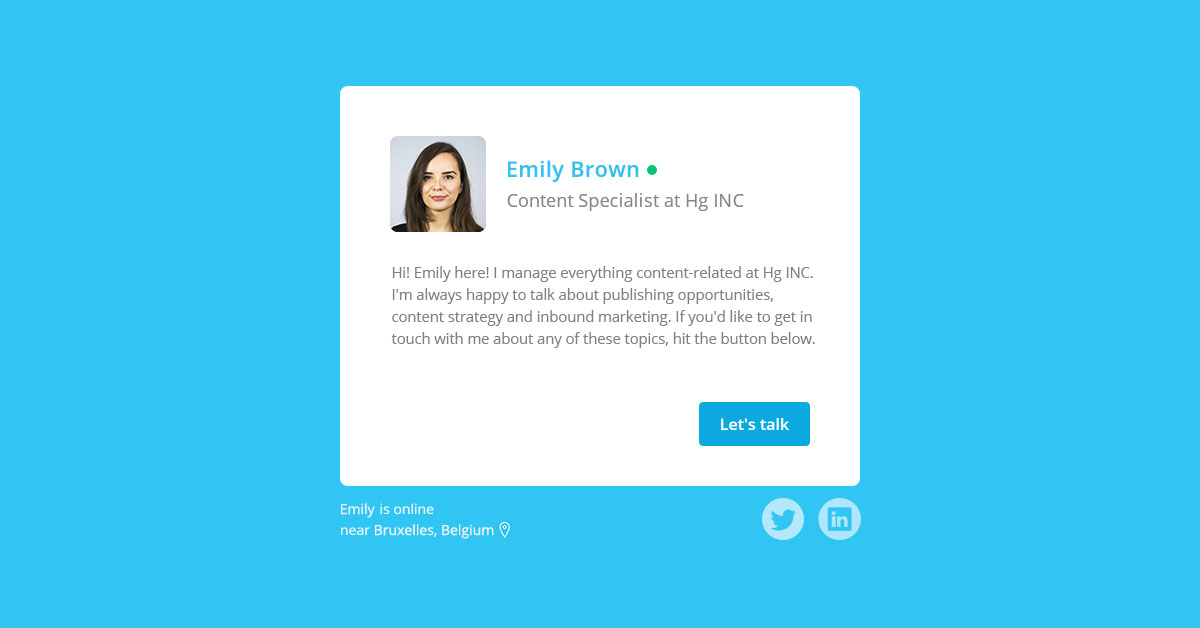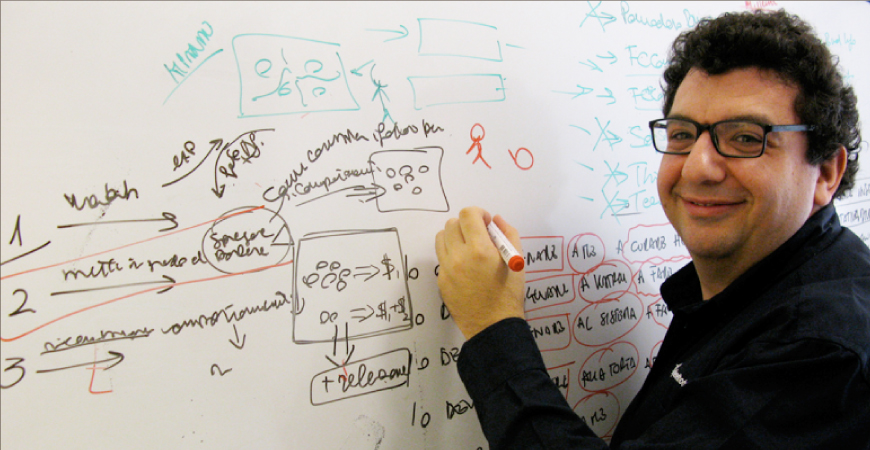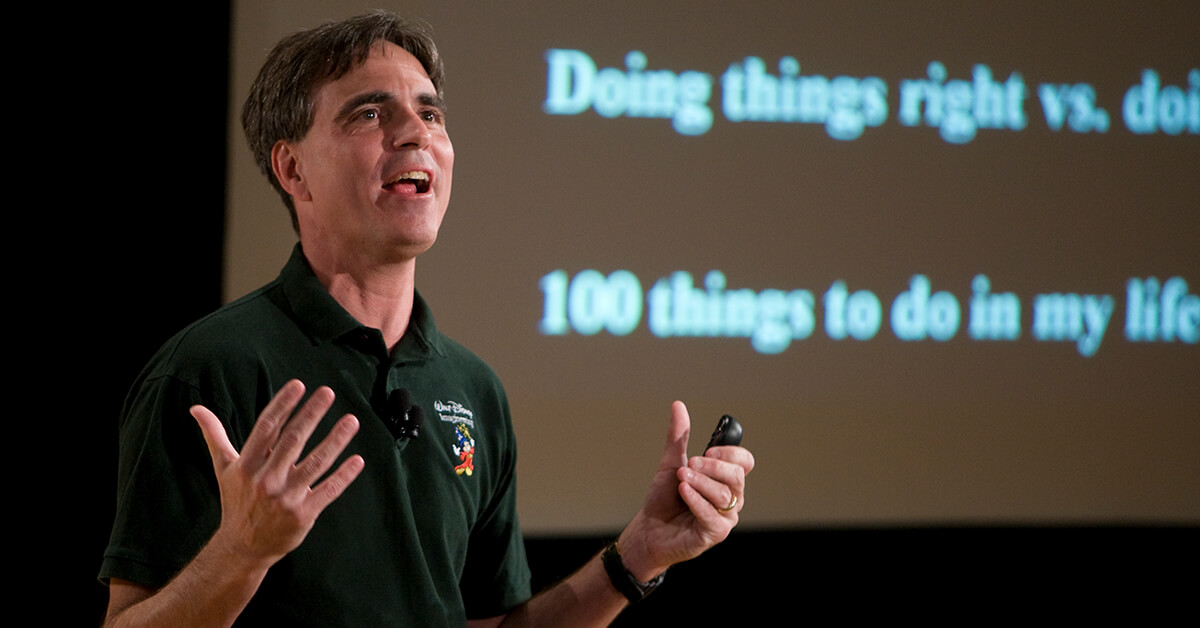We’re incredibly excited to introduce you to a completely new way of communication and collaboration with business partners and clients. While you’re enjoying the benefits of using Hubgets with your team, anyone outside your organization can get in touch with you via your Hubgets Page, easier than ever. Here’s a quick walk-through of our new feature, to help you get started.

I’ve been using this simple, yet highly effective method for a long time.
Of all the anti-procrastination techniques out there, the Pomodoro technique has helped me the most to overcome difficult moments, from lack of motivation to the old writer’s block. So I decided to learn more about the science behind its success. Here’s what I found.
There’s nothing worse than having too many tools and not getting the best of them. If you’re looking to boost your productivity, here is the essential kit that will cover the most important aspects of your day to day activity – starting with communication and notes, and ending with project management. Cut the clutter and give these tools a try (hint: most of them are free!)

Image Credit: William Iven (Unsplash.com)
Our CEO once recommended me Randy Pausch’s talk on Time Management and I was totally blown away by it. The part about methods of successful delegation is particularly interesting so I decided to summarize it in this article.
My coworkers and I rely on instant communication apps to give and receive feedback, keep ourselves up to date with the projects we’re working on, and talk to friends and family. As useful as IM apps are, they can be overwhelming sometimes. Over time, we learned a few tricks on how to avoid distractions when using IM apps so I thought we’d share them here, on our blog.

Image Credit: Thomas Lefebvre (Unsplash.com)
With so many distractions – notifications, tools, messages – most of us find it harder and harder to really concentrate on delivering our projects. It takes planning and effort to help us cope in such a noisy environment. While looking for methods to boost productivity, I stumbled upon a classic: 7 Habits of Highly Effective People.

Image Credit: Nick Karvounis | @nickkarvounis
He may not be a 20-year-old millionaire from the Silicon Valley, but Sir Alex Ferguson is definitely a leader worth studying. For over 25 years, he was the man behind Manchester United’ triumph, which made the world recognize him as the most successful football manager in British history.
Whether you’re managing thousands of people in a corporation or a dynamic team in a startup, you want your team to perform the best they can every day. You spend your time striving to help them reach their true potential. And yet, chances are that your team is farther from reaching the top than you think. In our fast-paced digital world, only a hand full of teams gain exceptional results, while so many fail miserably.
It doesn’t have to be this way. You can unleash your team’s true potential by taking a page from the world of football, or soccer if you’re American 😉 This collection of lessons taken from the teams participating in this UEFA EURO 2016 tournament will inspire you to create a team of champions in whatever you do.
There is a rich history of programming exploitation which makes use of the insecurity of the C memory model. To counteract the threats of memory corruption attacks, several techniques have been implemented. The problem still remains though, and since the programmer is responsible for making all the checks, even the most restrictive protection schemes have their limitations.
Radu is a Junior C/C++ software engineer on the Hubgets Core team. Since memory corruption attacks are something every programmer should be aware of, he came up with the idea of writing the current article, where he explains how some of these memory corruption attacks may happen, indicating a set of solutions that are presently applied to prevent them. You’ll also find a series of tips on how, under specific circumstances, one can use printf to inject instructions even under stiff security constraints.






